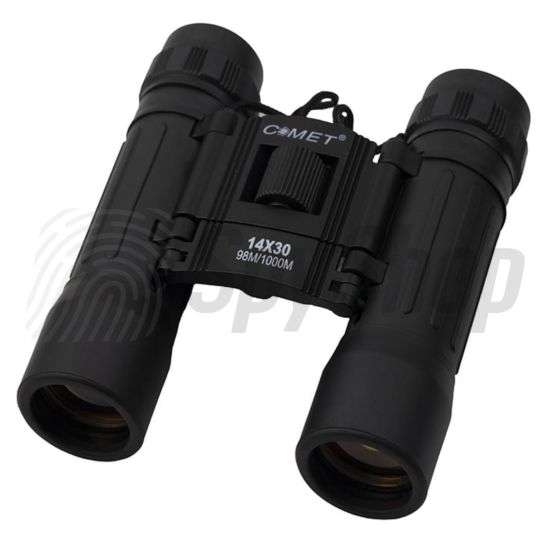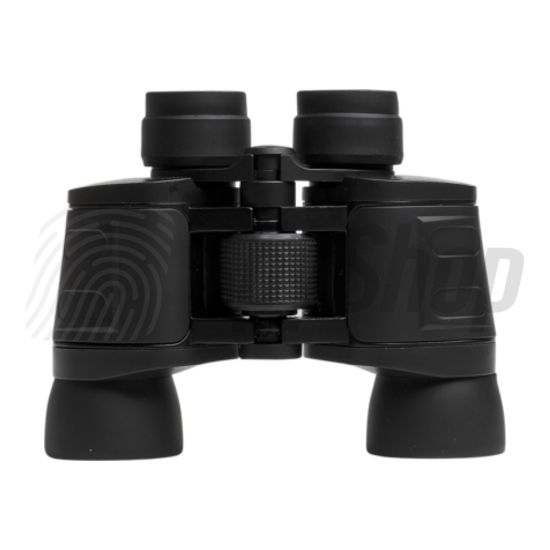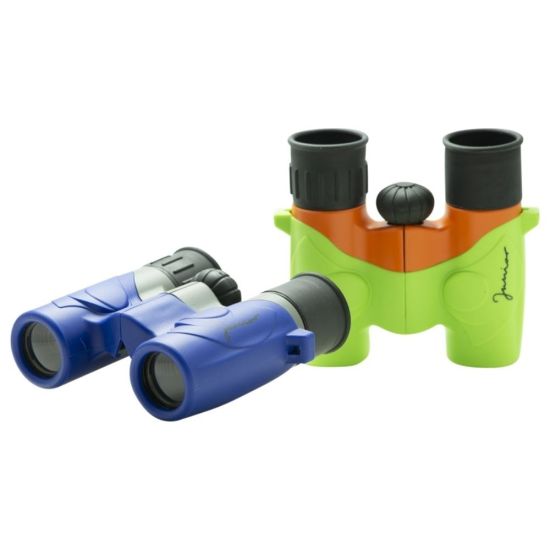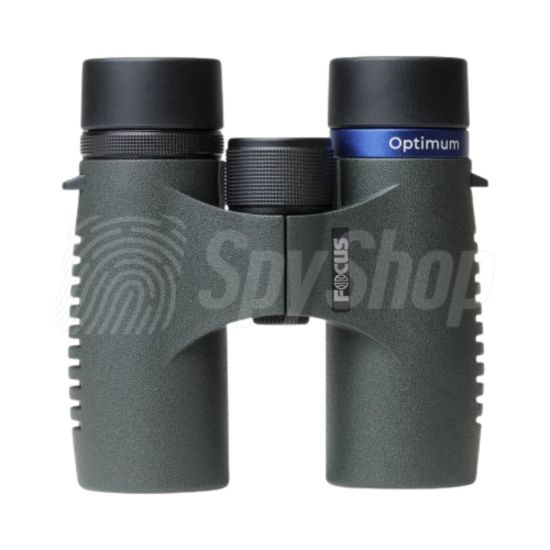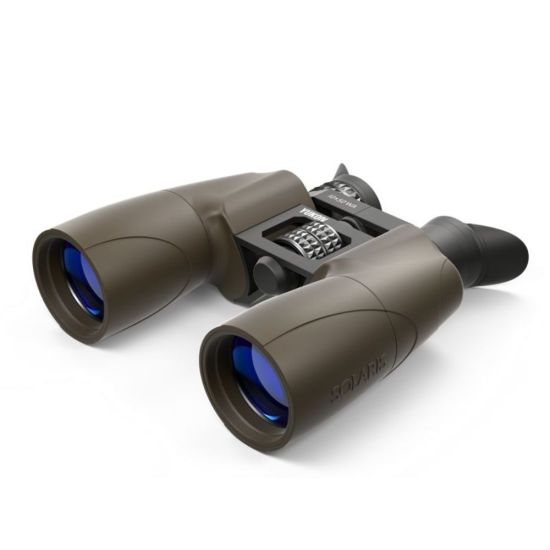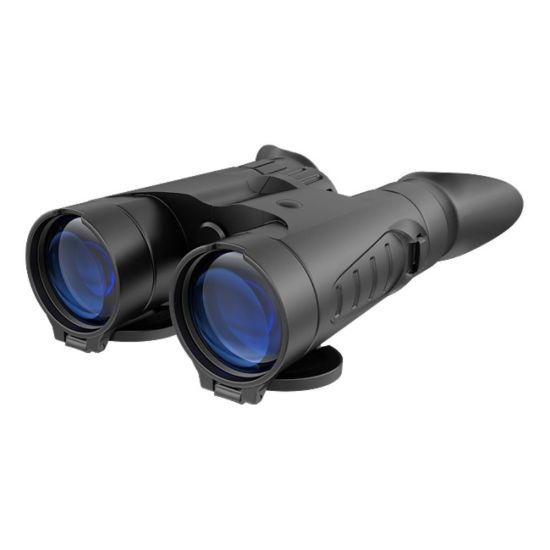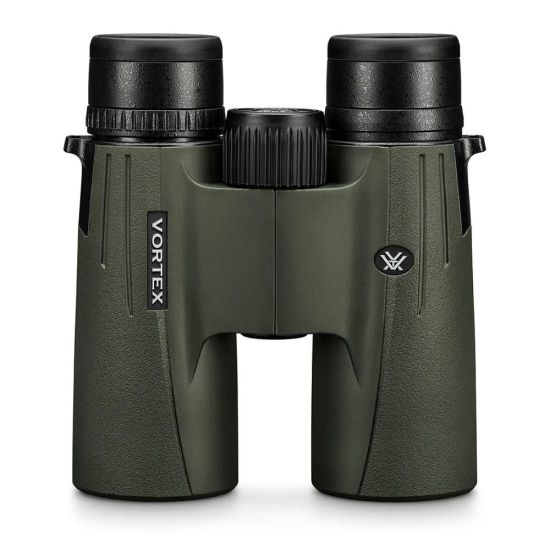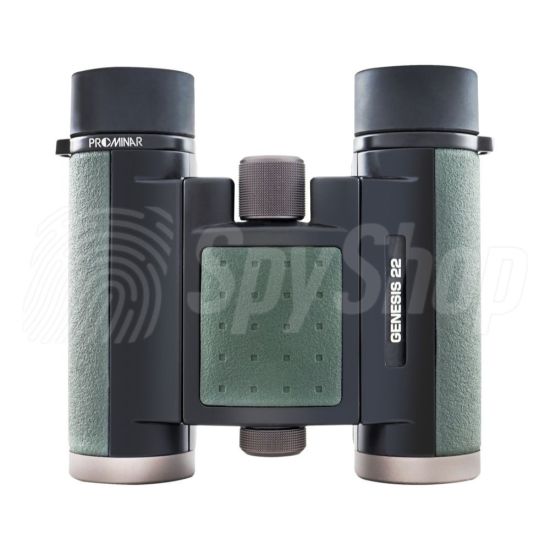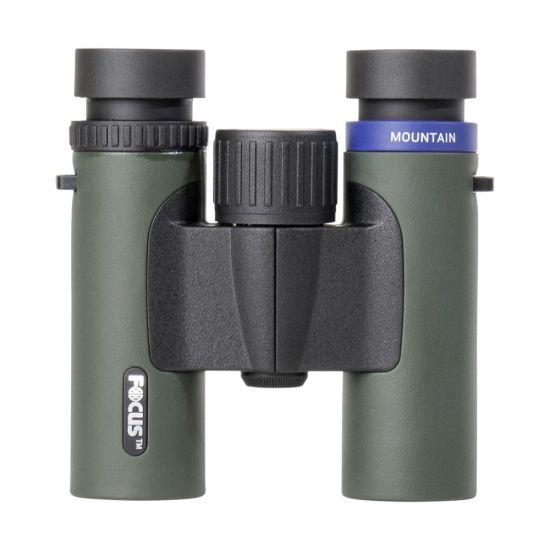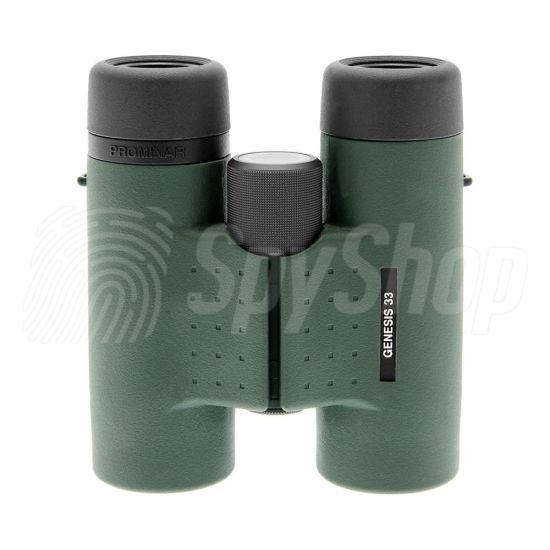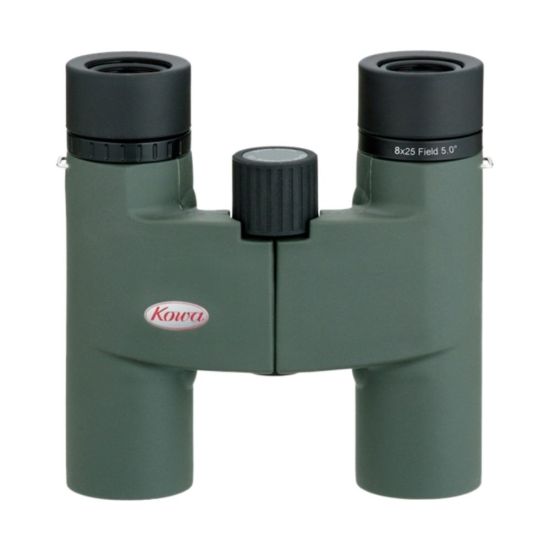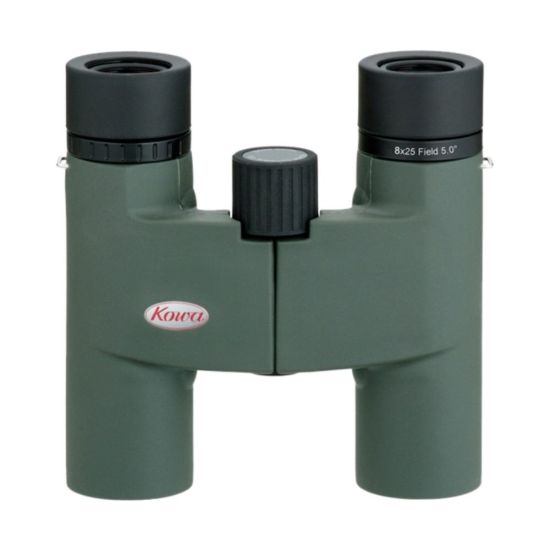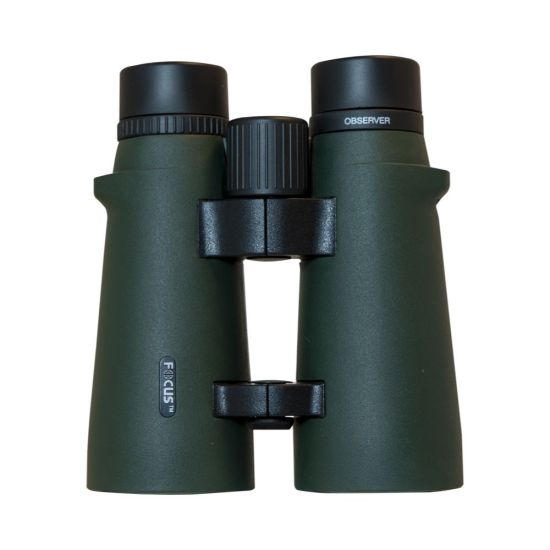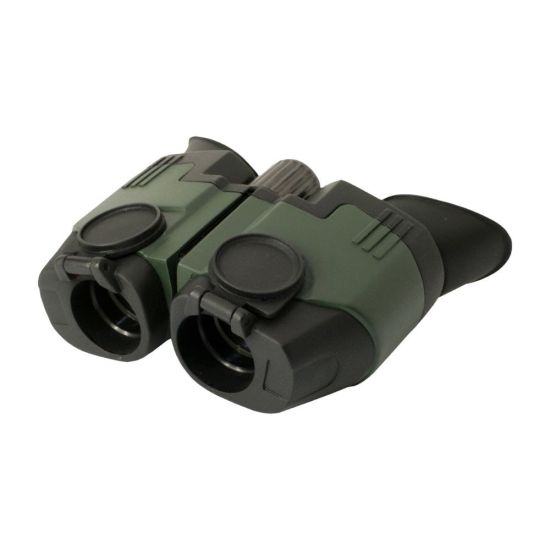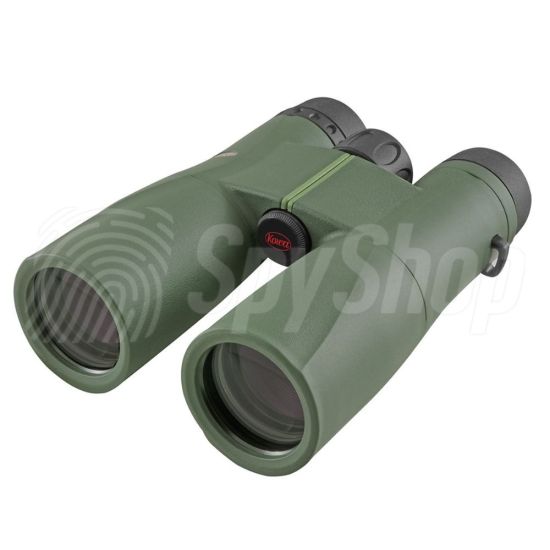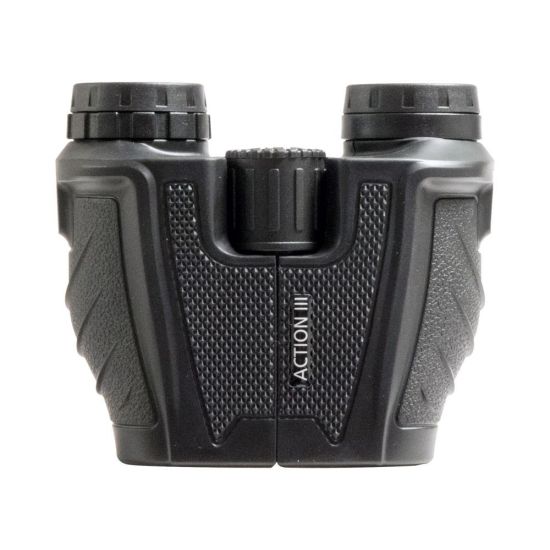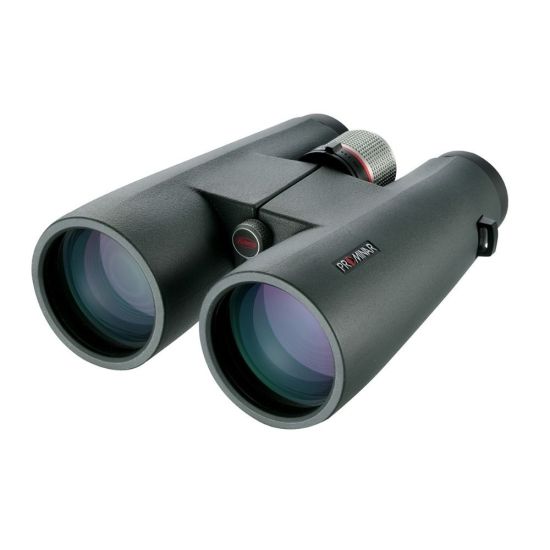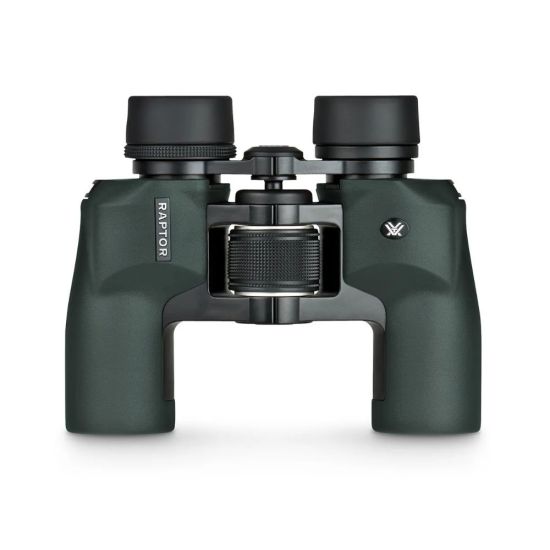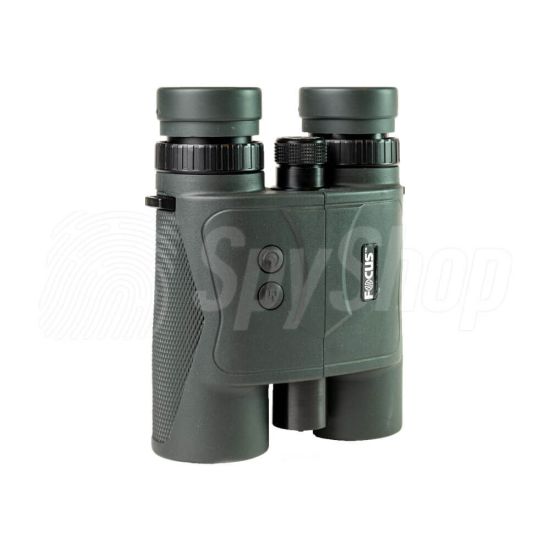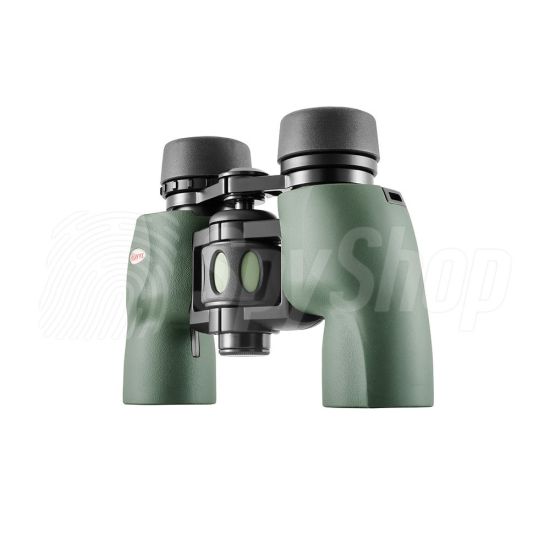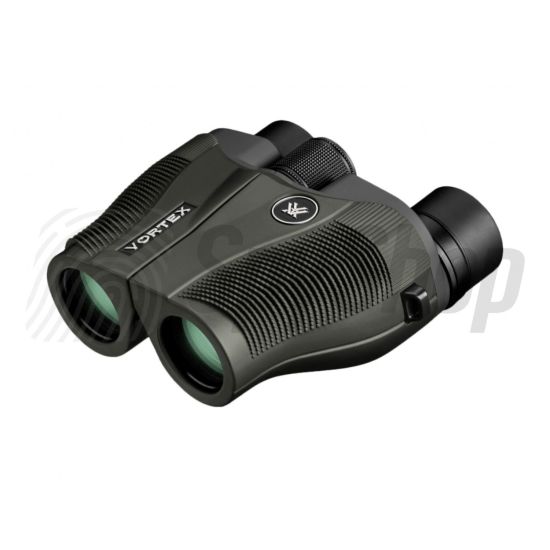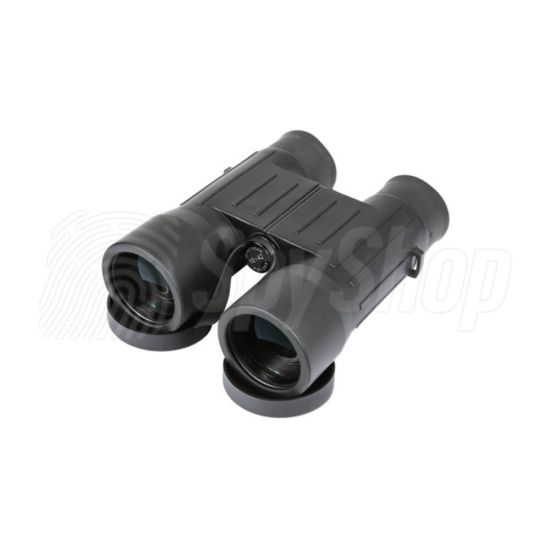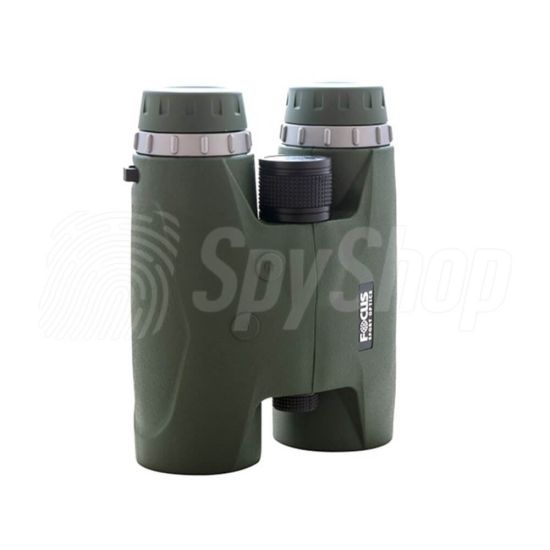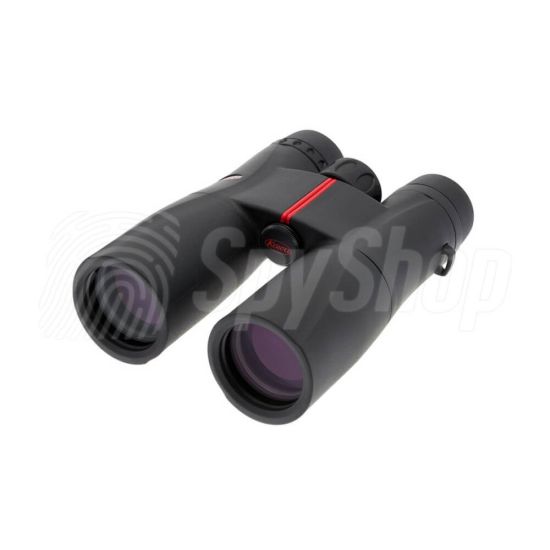Binoculars are among the most popular optical tools. They are used to observe distant objects with both eyes. Thanks to the design of two parallel-coupled lenses, they provide a bright, plastic stereoscopic image with a clearer image than monoculars.
Detective Store offers the most powerful binoculars on the market. A wide range of models with different parameters and applications is the answer to the needs of both casual users and demanding nature observation enthusiasts. Among our proposals you will find professional binoculars from industry leaders such as Kowa, Vortex Optics and Focus Sport Optics, for hunters, travelers, ornithologists and uniformed services officers.
With a multitude of features, the choice of binoculars should be determined by their intended use. This is because it will be reflected in the effective use of the tool's potential and the quality of the image obtained.
Porro or roof-prism binoculars?
Porro binoculars use the phenomenon of total internal reflection. They are characterized by a large field of view and three-dimensionality. They provide a brighter, higher-contrast image than roof-mounted binoculars. On the other hand, they are larger, heavier, and - due to the external focusing system - also more vulnerable to damage.
Light transmission in binoculars with roof-mounted prisms is linear, so manufacturers achieve smaller dimensions. Their housings not only weigh less, but also show greater resistance to the effects of water or dust.
Which binoculars should you choose?
Which binoculars will be best for you? The criteria you should keep in mind when comparing different models are - in addition to the prism arrangement - the weight of the design, the magnification offered, the brightness of the image or the field of view. Thus, there is no universal binocular that will find use in every situation.
Binoculars for hunters
Binoculars for hunters facilitate target identification and increase situational awareness. They are characterized by high detail, enhanced twilight performance and resistance to adverse weather conditions. It is not uncommon for them to have a built-in rangefinder.
Binoculars for bird watching
Binoculars for wildlife watching offer high magnification, waterproofing and a wide field of view. Anti-reflective coatings protect the lenses from glare and also improve image quality. What sets this model apart, however, is the optical image stabilizer, which corrects hand shake and makes it easier to track birds in flight.
Night vision and thermal imaging binoculars
These types of binoculars work well in conditions of limited visibility. Night vision binoculars amplify natural or artificial light, allowing you to see even in total darkness. Thermal binoculars, on the other hand, record and create images using infrared radiation emitted by objects.
Binoculars for sky observation
Astronomical binoculars allow you to admire the stars, planets and other objects in the sky, so they have large-diameter lenses and lenses with magnifications ranging from 10x to 25x. For this reason, many models require a tripod mount for stable observation.
Binoculars for travelers and tourists
Touring binoculars are lightweight, comfortable and easy to use. They offer less magnification than hunting or astronomical binoculars, but the image is stable when using them on the move. They work well during outdoor excursions, mountain hikes, as well as sporting events.
Tactical binoculars
Military and patrol binoculars are made for officers in the special forces. They are characterized by a high level of accuracy, functionality and durability to perform well regardless of the type of tactical operations.
How to read the parameters of binoculars?
What to follow when buying binoculars? The application indicated by the manufacturer can be a guideline, but should not determine the choice. It is the analysis and comparison of the parameters of binoculars that allow you to choose the right model. Detective Store's specialist in optical products advises what features to pay attention to.
Type of glass and coatings
High-quality glass does not cause distortion, does not distort colors and protects against chromatic aberration. In high-quality binoculars, manufacturers use BAK-4 (Barium Crown) lens, which transmit light better and have a higher refractive index than BK7 lens.
Binocular magnification
Magnification correlates with the amount of detail and size of the object being observed. However, the higher it is, the more unstable the image becomes. Binoculars with the highest magnification, above 12x, require the use of a tripod or support.
Output pupil of binoculars
This parameter affects the quality and comfort of observation. It denotes the amount of light that reaches the eye of the observer. It is calculated by dividing the diameter of the lens by the magnification. The greater the result, the brighter the image. Thus, in conditions of limited visibility, binoculars with a large exit pupil diameter will work well.
Angle and field of view
The field of view is given in degrees or expressed in meters as the area seen from 1,000 meters. The largest are offered by binoculars with the lowest magnification. It allows you to see moving targets: birds or competitors.
Optical coatings of the lenses
The usability of binoculars also depends on anti-reflective coatings, which increase light transmission, reducing reflections. They provide the best visual effects when they have more than one coating on all air-to-glass surfaces (MC - "Multi Coated" or FMC - "Fully Multi Coated").
Durability of binoculars
Depending on the intended use, weather resistance is important. Water or dust, once it gets inside the housing, can cause damage. Importantly, waterproof binoculars, filled with nitrogen or argon, are additionally anti-fog. This is because moisture on the inside of the lens could interfere with the view and cause corrosion.
Binoculars worth recommending
Detective Store specialists are happy to point out which binoculars are good, and help you choose the most suitable model for your needs. Using the reputation of world leaders in the field of optics, we offer the quality and technology you need. You'll find Delta Optical professional binoculars, Focus Sport Optics top series, Comet observation binoculars, Pulsar thermal imaging binoculars or AGM compact hunting binoculars, among others.
The Kowa SV II series of roof-prism binoculars are a compromise between optimal performance and compact, aesthetically pleasing design. Due to their price, they are based on BaK-4 glass with multi-layer anti-reflective coating, which is additionally covered on the outside with Kowa Repelling hydro and lipophobic coating. As a result, they do not collect dust or grease.
An alternative option is Vortex Vanquish binoculars, with the difference that they have Porro prisms and thus weigh twice as much. They offer high optical quality. They are protected from dust and water by a seal, and extendable eyecups allow you to adjust the binoculars to your needs.
What are good hunting binoculars?
The choice of hunting binoculars should be dictated by the hunting method, safety and needs of the hunter, as well as how he intends to use them.
Binoculars with a large field of view will make it easier to track wild animals and birds. Binoculars for static hunting should have a large objective lens (e.g. 50mm) and 10x magnification. On the other hand, for binoculars for driven hunting, lower parameters will work as well, so that handheld observation is easy and stable, such as a 32mm objective lens and 8x magnification.
What kind of binoculars for bird watching?
Ornithologists choose compact binoculars with a wide field of view and a standard magnification of 8 - 10x. In addition, they pay attention to the lens. One with a diameter of 32 - 42 mm will provide the optimal amount of light, and thus the brightness of the image.
Which binoculars for nature observation?
Observing in the field requires weatherproofing and waterproofing. Binoculars should also be handy, compact and resistant to falls or transport in a backpack.
What kind of astronomical binoculars?
Professional astronomical binoculars are distinguished by lenses with a very large diameter. If it offers several times magnification, it requires use from a tripod.
Binoculars or scopes - which to choose?
As a rule, binoculars are smaller and less expensive. They work well for observation on the move and provide a wider field of view. Scopes are suitable for viewing objects that move slowly or predictably. They feature higher magnification and a brighter image.
Do binoculars spoil the eyesight?
Binoculars spoil the eyesight when they themselves are damaged and various image distortions such as fogging, out-of-focus or aberration occur. Eyes try to adjust to what they see, so in case of defects - they will quickly cause eye fatigue.
Binoculars 10x50 - what does it mean?
The designation "10x50" refers to the specifications of the binoculars. The first number indicates the magnification, and the second - the diameter of the lens. In this case, the observed object will be ten times larger than it actually is. In turn, the larger lens allows more light flow and provides better image brightness, so it also works well in poorer lighting conditions, such as at night.


 Signal
Signal
